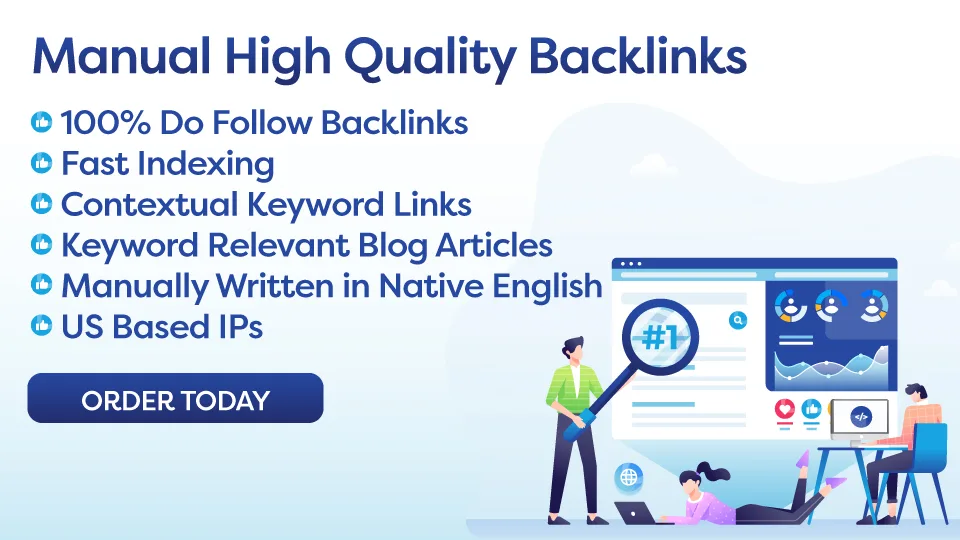Conversion Rate Optimization (CRO) is crucial for small business owners looking to increase conversions on their websites. By focusing on improving user experience, implementing effective CRO strategies tailored to SMEs, and continuously analyzing and optimizing conversion rates, small businesses can see significant growth in their business. Conducting a website audit, implementing A/B testing, and tracking conversions using analytics tools are key steps in the CRO process. By regularly monitoring, testing, and optimizing your website based on data and feedback, small business owners can maximize their return on investment in marketing efforts and improve overall business performance through increased conversions.
Excerpt: Are you struggling to increase your conversion rate? Learn how Conversion Rate Optimization (CRO) can help SMEs succeed.
Introduction:
For small business owners, maximizing conversions is essential for success. Conversion rate optimization (CRO) is the key to unlocking the potential of your website and turning visitors into customers. By focusing on improving the user experience and encouraging actions, SMEs can see significant growth in their business. But how can you effectively implement CRO strategies to boost your conversion rates?
Key Takeaways:
1. Understanding the basics of CRO for SMEs
2. Implementing effective CRO strategies tailored to small businesses
3. Analyzing and optimizing conversion rates for continuous improvement
Key Takeaway 1: Understanding the basics of CRO for SMEs
– Importance of CRO for small businesses: CRO is crucial for SMEs as it helps maximize the return on investment in marketing and advertising efforts. By increasing the percentage of visitors who take a desired action on your website, such as making a purchase or signing up for a newsletter, you can boost your revenue and grow your business.
– Key components of CRO: To effectively implement CRO strategies, small business owners need to understand the key components of CRO, including website design, user experience, call-to-action buttons, and conversion funnels. By optimizing these elements, you can improve the likelihood of conversions on your site.
Key Takeaway 2: Implementing effective CRO strategies tailored to small businesses
– Conducting a website audit: Start by evaluating your current website to identify areas for improvement. Look at website traffic, user behavior, bounce rates, and conversion rates to pinpoint areas that need attention.
– A/B testing: Experiment with different elements on your website, such as headlines, images, or button colors, to see which versions perform better in terms of conversions. A/B testing allows you to make data-driven decisions to optimize your website for higher conversion rates.
Key Takeaway 3: Analyzing and optimizing conversion rates for continuous improvement
– Monitoring and tracking conversions: Use analytics tools to track conversions and analyze the effectiveness of your CRO efforts. Monitor key metrics such as conversion rates, bounce rates, and average session duration to see how visitors are interacting with your site.
– Continuous optimization: CRO is an ongoing process that requires continuous monitoring and optimization. Regularly review your website performance, test new strategies, and make adjustments based on data to continuously improve your conversion rates.
Action Plan:
1. Conduct a website audit to identify areas for improvement.
2. Implement A/B testing to optimize key elements on your website.
3. Monitor and track conversions using analytics tools.
4. Continuously optimize your website based on data and feedback.
Conclusion:
Conversion rate optimization is a powerful tool for small business owners looking to increase their online conversions and grow their business. By implementing effective CRO strategies tailored to the needs of SMEs, you can see significant improvements in conversion rates and overall business performance. Remember to regularly analyze and optimize your website to ensure continuous improvement in conversion rates.
FAQ:
– What is conversion rate optimization (CRO)?
– How can small businesses benefit from CRO?
– What are some common CRO strategies for SMEs?
– How can I track and analyze conversions on my website?

